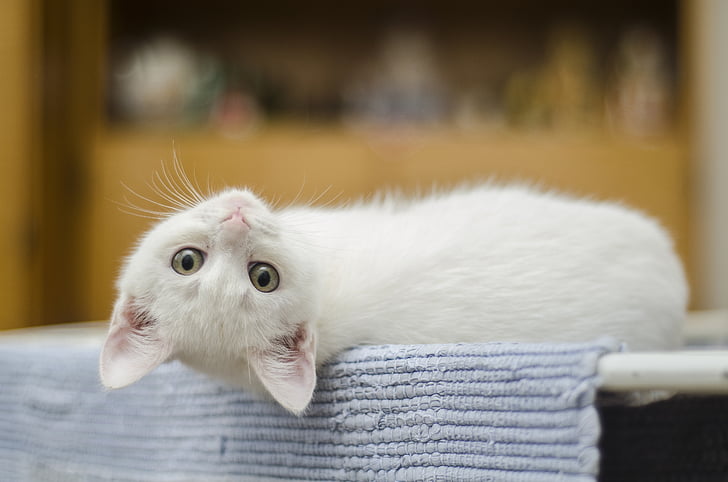Scientists from the University of Vienna in Austria have finally uncovered the method by which cats purr. Special pads attached to their vocal cords provide the answer.
High-pitch sounds are typically associated with short vocal cords. This can be seen throughout the animal kingdom when comparing the squeaking sounds produced by smaller animals like mice, with the rumbling voices of larger animals like elephants. However, small cats, despite the size of their vocal cords, are able to produce a distinctive low-pitched voice.
Scientists have long pondered how cats are able to produce their purring despite their body composition.
The researchers went about answering this question by cutting out the larynges of eight deceased housecats that were euthanized due to illness. The vocal cords produced a purring sound when air was passed through them, indicating that no neural input or voluntary involvement was required on the cat’s part to produce the sound.
For the previous half–century, purring was understood to be caused by “cyclical contraction and relaxation of the muscles in the vocal folds within the larynx, requiring constant neural input and control from the brain.”
However, as the study showed, cats can produce their characteristic purring sounds involuntarily and without any neural input.
It is not yet known whether this automatic purring can be enhanced further by muscular contraction. This might be an area of interest to discover in living cats but the process there is more difficult.
The researchers found that there was a special pad inside the cats’ vocal cords that purposely lowered the pitch of the air as it moved through the larynx. Though this pad of connective tissue was known to scientists before, the connection between it and purring wasn’t made before.
The researchers mentioned in their paper, which is published in Current Biology, that cat purring is most reminiscent of vocal fry in humans.
After uncovering the “how” behind cat purring, the next question scientists may hope to tackle is the “why?”
It is still unclear but prevailing theories include to express contentment and occasionally nervousness, to increase social bonding or to camouflage the mewing sounds of nursing kittens, thereby protecting them from predators.
According to the Carnegie Museum of Natural History, big cats such as tigers, lions and leopards can roar but can’t purr. Meanwhile, smaller cats such as lynxes, bobcats and house cats can purr but not roar. Evolutionary history and domestication may provide some insight as to why that may be.









